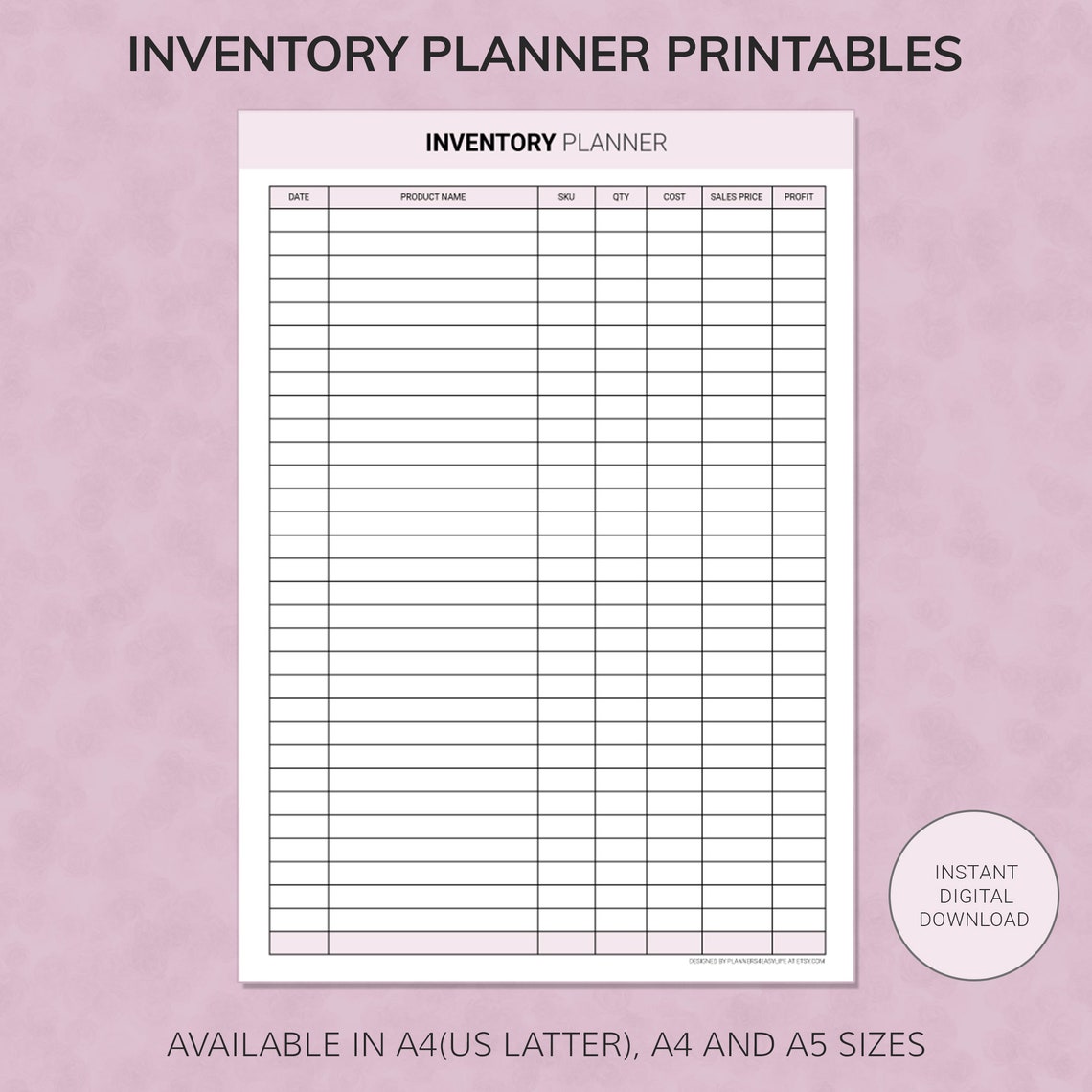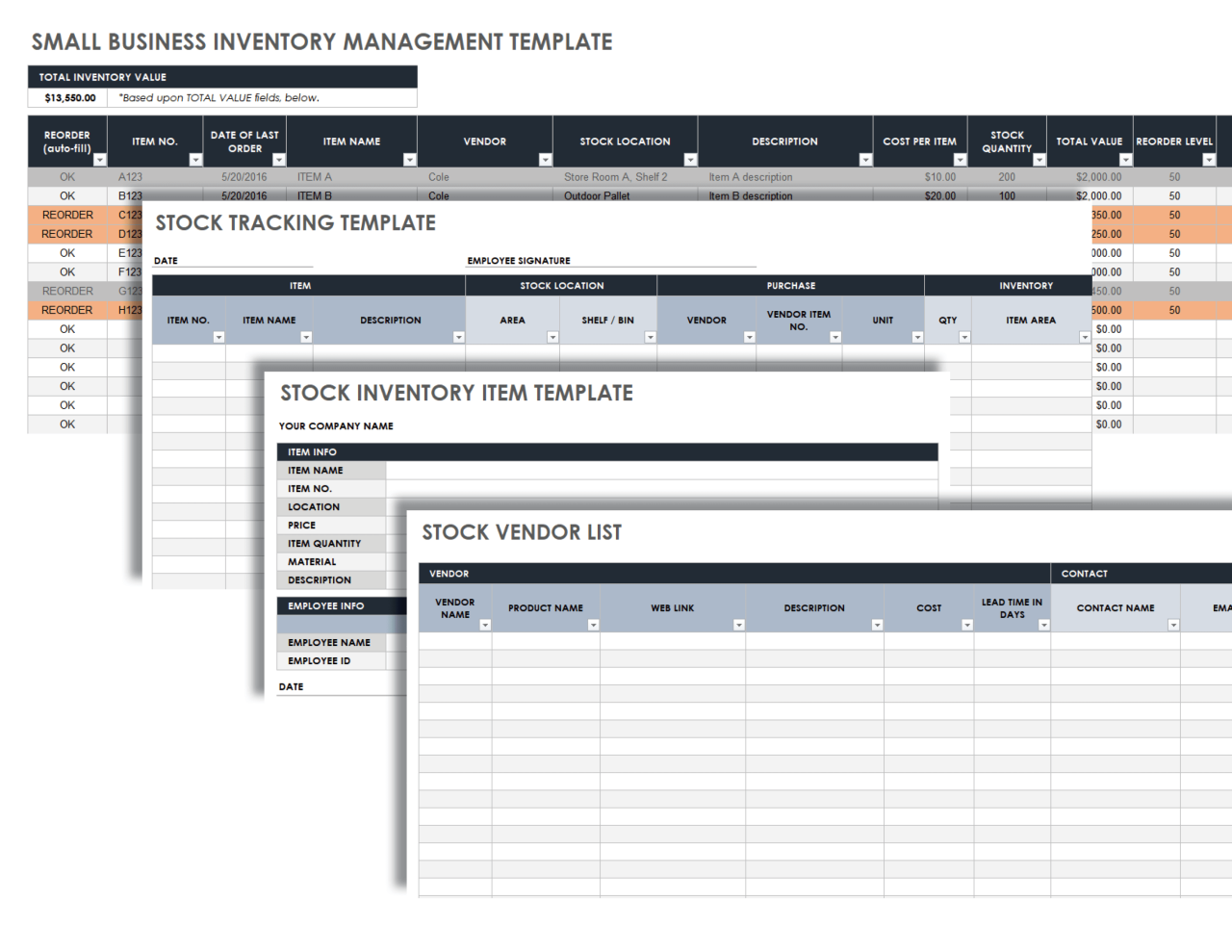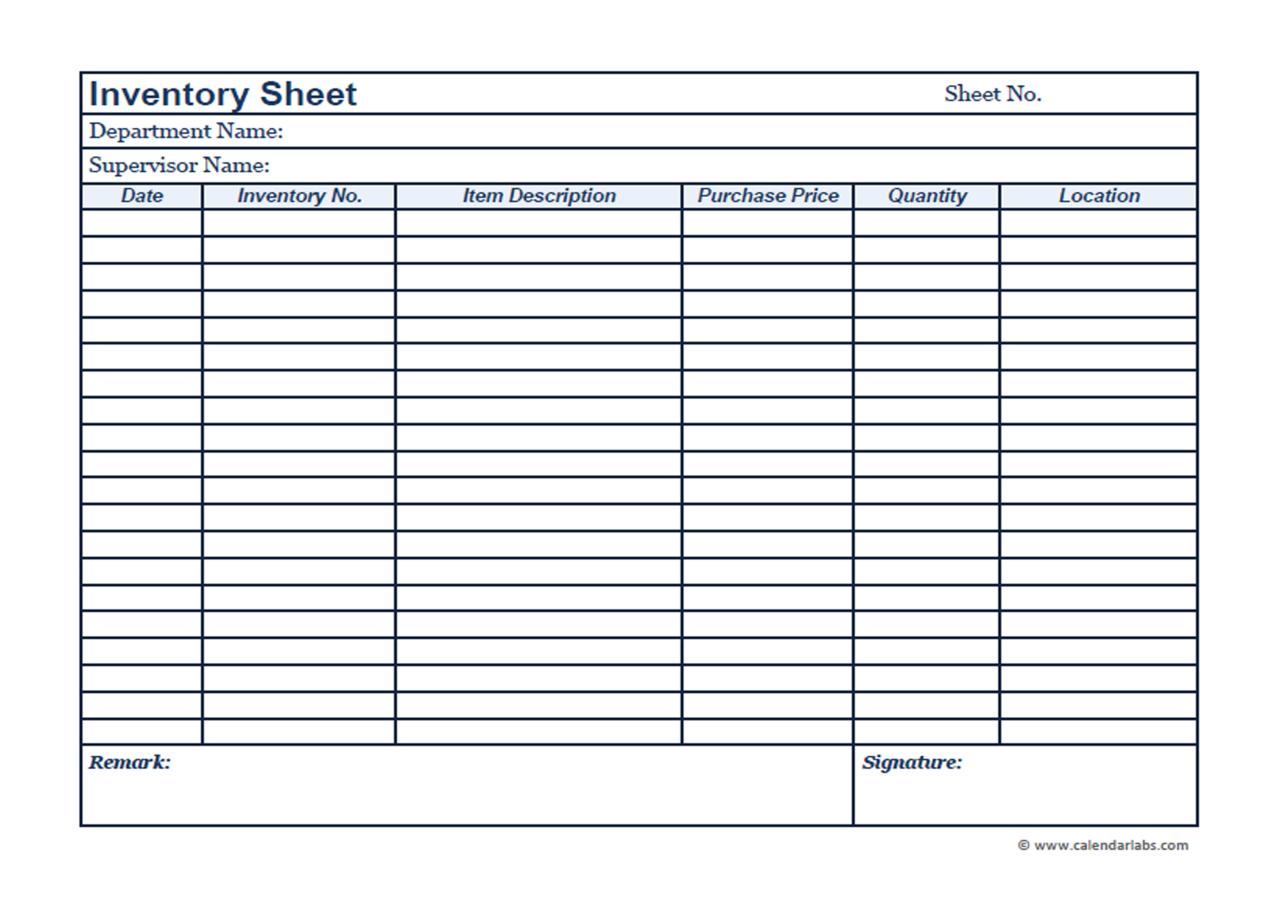Small business keep track of inventory is a critical aspect of running a successful business. Without a proper inventory management system, businesses can face stockouts, overstocking, and other costly mistakes. In this guide, we’ll explore the importance of inventory management for small businesses, provide examples of inventory management systems, and discuss the pros and cons of different inventory management methods.
In addition, we’ll share a list of inventory tracking tools specifically designed for small businesses, provide a comparison table highlighting the features and pricing of different tools, and discuss the benefits of using inventory tracking software. We’ll also explain the concept of inventory optimization, provide tips for optimizing inventory levels, and share case studies of small businesses that have successfully implemented inventory optimization techniques.
Inventory Management Methods

Inventory management is a critical aspect of running a small business. It helps businesses keep track of their stock levels, ensuring they have the right amount of inventory to meet customer demand without overstocking or running out of stock.
There are a number of different inventory management systems available, each with its own advantages and disadvantages. Some of the most common methods include:
Manual Inventory Management
Manual inventory management involves tracking inventory levels manually, using a spreadsheet or notebook. This method is simple and inexpensive, but it can be time-consuming and error-prone.
Periodic Inventory Management
Periodic inventory management involves taking a physical count of inventory at regular intervals, such as monthly or quarterly. This method is more accurate than manual inventory management, but it can be disruptive to business operations.
Perpetual Inventory Management
Perpetual inventory management involves tracking inventory levels in real time, using a software system. This method is the most accurate and efficient, but it can be more expensive than other methods.
Inventory Tracking Tools

Small businesses need efficient and affordable inventory tracking tools to manage their inventory effectively. These tools help businesses track inventory levels, manage stock, and optimize ordering to avoid overstocking or stockouts.
List of Inventory Tracking Tools
Here is a list of some popular inventory tracking tools designed specifically for small businesses:
- Zoho Inventory
- Ordoro
- TradeGecko
- Cin7
- Fishbowl
Comparison of Inventory Tracking Tools
The following table compares the features and pricing of different inventory tracking tools:
| Feature | Zoho Inventory | Ordoro | TradeGecko | Cin7 | Fishbowl |
|---|---|---|---|---|---|
| Inventory Tracking | Yes | Yes | Yes | Yes | Yes |
| Stock Management | Yes | Yes | Yes | Yes | Yes |
| Order Management | Yes | Yes | Yes | Yes | Yes |
| Pricing | Starting at $49/month | Starting at $69/month | Starting at $79/month | Starting at $299/month | Starting at $499/month |
Benefits of Using Inventory Tracking Software
Using inventory tracking software offers several benefits for small businesses, including:
- Improved inventory accuracy
- Reduced stockouts
- Optimized ordering
- Increased efficiency
- Better customer service
Inventory Optimization Techniques
Inventory optimization is the process of determining the optimal level of inventory to hold in order to meet customer demand while minimizing costs. By optimizing inventory levels, businesses can improve cash flow, reduce waste, and increase profitability.
There are a number of different inventory optimization techniques that businesses can use. Some of the most common techniques include:
Just-in-time (JIT) inventory
JIT inventory is a method of inventory management that involves holding only the inventory that is needed to meet current demand. This helps to reduce inventory costs and improve cash flow.
Safety stock
Safety stock is an additional amount of inventory that is held to buffer against unexpected increases in demand. Safety stock can help to prevent stockouts and ensure that customers have the products they need.
Economic order quantity (EOQ)
EOQ is a formula that can be used to determine the optimal order quantity for a given item. EOQ takes into account the cost of holding inventory, the cost of ordering inventory, and the demand for the item.
Businesses can also use a variety of software tools to help them optimize their inventory. These tools can help businesses track inventory levels, forecast demand, and generate reports.
Case studies
There are a number of small businesses that have successfully implemented inventory optimization techniques. One example is a small manufacturing company that was able to reduce its inventory costs by 20% by implementing a JIT inventory system.
Another example is a small retail store that was able to increase its sales by 15% by implementing an EOQ system.
Inventory Forecasting and Planning

Inventory forecasting is a critical aspect of inventory management for small businesses. It helps businesses predict future demand and plan their inventory levels accordingly. By accurately forecasting inventory, businesses can avoid stockouts, reduce excess inventory, and optimize their cash flow.
There are several inventory forecasting methods that small businesses can use. Some of the most common methods include:
- Historical data analysis: This method involves analyzing past sales data to identify trends and patterns. Businesses can use this information to forecast future demand.
- Trend analysis: This method involves identifying trends in sales data and using them to forecast future demand. Businesses can use linear regression or exponential smoothing to identify trends.
- Seasonal analysis: This method involves identifying seasonal patterns in sales data and using them to forecast future demand. Businesses can use seasonal indices or time series analysis to identify seasonal patterns.
- Judgmental forecasting: This method involves using the knowledge and experience of experts to forecast future demand. Businesses can use this method to forecast demand for new products or when historical data is not available.
To create an inventory forecast, small businesses should follow these steps:
- Gather data: Collect historical sales data, trend data, and seasonal data.
- Choose a forecasting method: Select an inventory forecasting method that is appropriate for the business’s needs.
- Develop a forecast: Use the chosen forecasting method to develop a forecast of future demand.
- Monitor and adjust: Regularly monitor the forecast and adjust it as needed based on actual sales data.
Inventory Control Best Practices

Implementing effective inventory control practices is crucial for small businesses to optimize stock levels, minimize losses, and enhance overall efficiency. By adhering to these best practices, businesses can gain better visibility into their inventory, reduce waste, and improve customer satisfaction.
A key aspect of inventory control is conducting regular inventory audits. These audits involve physically counting and verifying the stock on hand against the records. Regular audits help identify discrepancies, prevent shrinkage, and ensure accuracy in inventory data.
Inventory Security, Small business keep track of inventory
Maintaining the security of inventory is essential to prevent theft, damage, or loss. Small businesses should implement measures such as:
- Restricting access to inventory areas to authorized personnel only.
- Installing security cameras and alarms to deter and detect unauthorized access.
- Implementing proper storage practices to prevent damage and deterioration.
Last Recap: Small Business Keep Track Of Inventory
By following the tips and advice in this guide, small businesses can improve their inventory management practices, reduce costs, and increase profitability.
Helpful Answers
What is inventory management?
Inventory management is the process of tracking and managing the flow of goods and materials within a business.
Why is inventory management important for small businesses?
Inventory management is important for small businesses because it helps them to avoid stockouts, overstocking, and other costly mistakes.
What are some of the different inventory management methods?
There are a variety of different inventory management methods, including manual methods, such as spreadsheets and pen and paper, and automated methods, such as inventory management software.
What are some of the benefits of using inventory management software?
Inventory management software can help businesses to save time and money, improve accuracy, and gain insights into their inventory data.